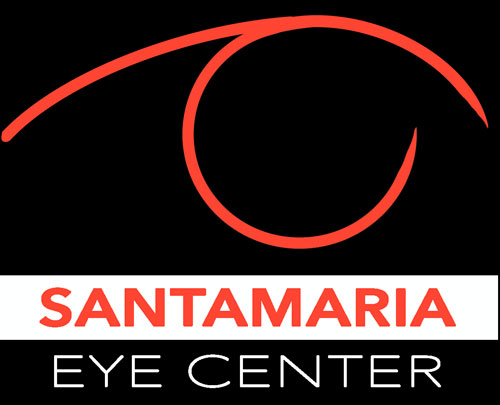12 Aug Branch Retinal Vein Occlusion (BRVO)
BRVO blocks small veins in the retina, the layer of light sensing cells at the back of the eye. If the blocked retinal veins are ones that nourish the macula, the part of the retina responsible for straight ahead vision, some central vision is lost. During the course of vein occlusion, sixty percent or greater will have swelling of the central macular vision area. In about one third of people, this macular edema will remain for over one year.
High blood pressure is the most common condition associated with BRVO. About 10 to 12 percent of the people who have BRVO also have glaucoma.
BRVO causes a painless decrease in vision, resulting in misty or distorted vision. If the veins cover a large area, new abnormal vessels may grow on the retinal surface, which can bleed into the eye and cause blurred vision.
There is no cure for BRVO. Finding out what caused the blockage is the first step in treatment. Your ophthalmologist may recommend a period of observation, since hemorrhages and excess fluid may subside on their own. Depending on how damaged the veins are, laser surgery may help reduce the swelling and improve vision. Laser surgery may also shrink the abnormal new blood vessels that are at risk of bleeding.

Sorry, the comment form is closed at this time.